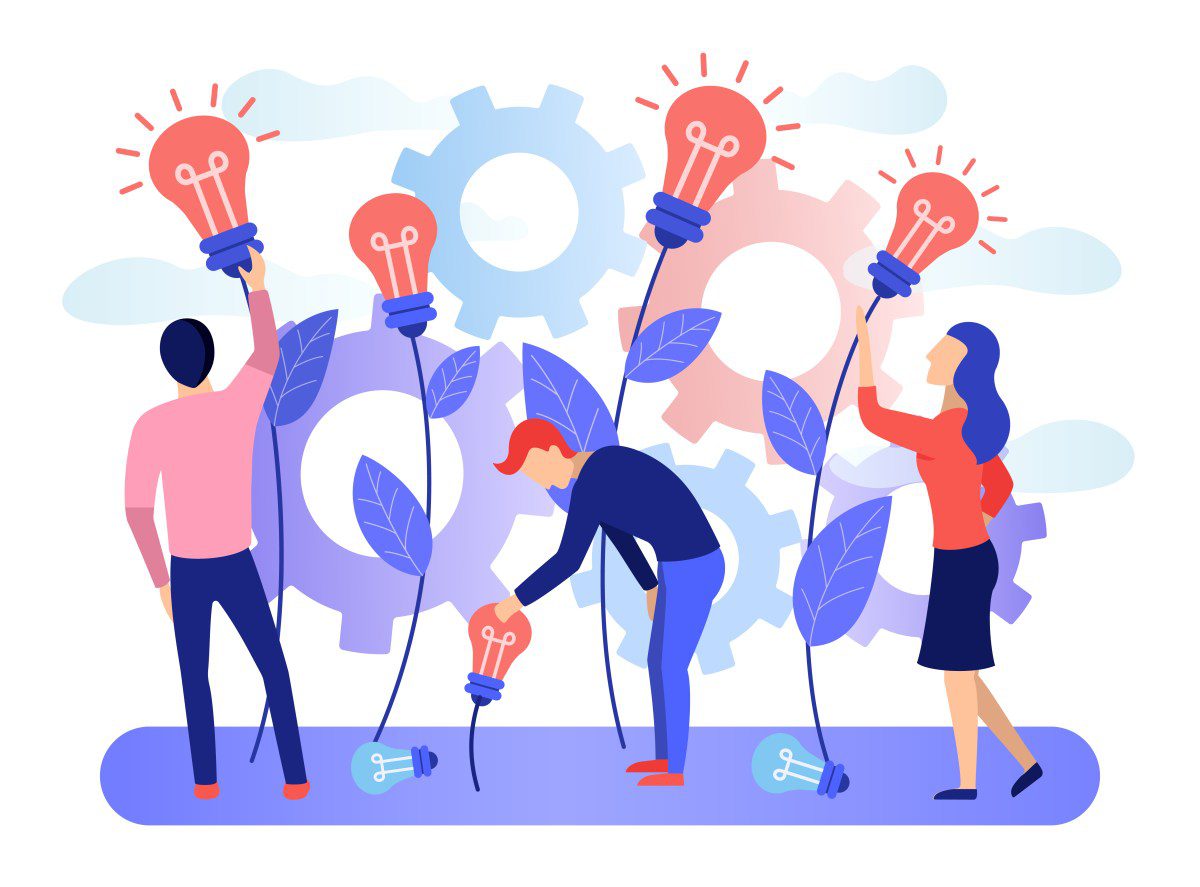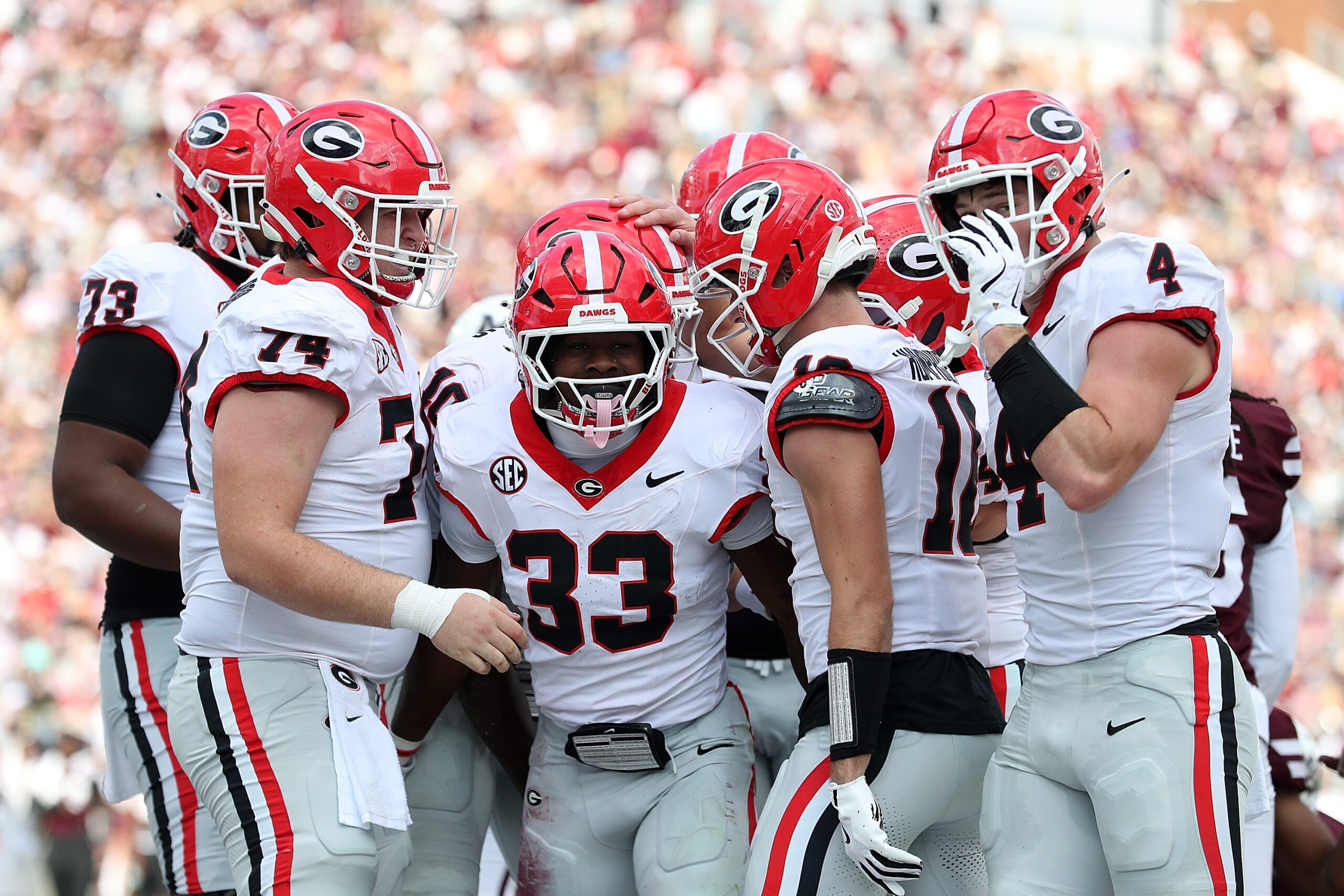
youtube tv espn and disney the latest YouTube TV has successfully restored access to ESPN and over 20 other Disney-owned channels following a two-week blackout that affected millions of subscribers.
youtube tv espn and disney the latest
Background of the Dispute
The recent blackout stemmed from a contentious negotiation between Disney and Google, the parent company of YouTube. This disagreement revolved around carriage fees and the terms of distribution for Disney’s extensive portfolio of channels, which includes popular networks such as ESPN, ABC, and Disney Channel. The negotiations became particularly heated as both companies accused each other of unfair practices.
Google accused Disney of attempting to raise prices for its channels, which would ultimately impact YouTube TV subscribers. The tech giant claimed that Disney’s actions were aimed at bolstering its own streaming services, particularly Hulu + Live TV and FuboTV. Disney, on the other hand, argued that Google was being unreasonable in its demands, seeking preferential treatment and below-market rates for the channels.
Financial Implications
The financial stakes were high for both companies during the blackout. Disney reportedly lost over $4 million a day in revenue due to the absence of its channels from YouTube TV. This significant loss underscores the importance of digital distribution for traditional media companies, especially in an era where streaming services are becoming increasingly dominant.
In an effort to mitigate subscriber dissatisfaction during the blackout, Google issued a $20 credit to YouTube TV customers. This move was intended to alleviate some of the frustration experienced by viewers who were unable to access live sports, news, and entertainment programming during the dispute. The credit served as a tangible acknowledgment of the inconvenience faced by subscribers, many of whom rely on YouTube TV for their primary source of television content.
High-Level Involvement
As the negotiations dragged on, the involvement of high-profile executives became more pronounced. Disney CEO Bob Iger and Google CEO Sundar Pichai reportedly took a more active role in the discussions as the deadline approached. Their direct involvement highlights the significance of the dispute not only for the companies involved but also for the broader media landscape.
In addition to the CEOs, FCC Chairman Brendan Carr also weighed in on the situation, urging both companies to resolve their differences. His public call for resolution indicates the level of concern from regulatory bodies regarding the implications of such blackouts on consumers and the competitive landscape of the media industry.
Comparison to Previous Blackouts
This recent blackout was notably different from a similar situation in 2021, when Disney and YouTube faced a carriage dispute that was resolved within a matter of days. The swift resolution back then may have set expectations for a quicker outcome this time around. However, the complexities of the current negotiations, combined with the financial implications for both parties, contributed to a prolonged standoff.
Impact on Viewers
The blackout had a significant impact on YouTube TV subscribers, particularly sports fans who rely on ESPN for live events. During the two-week period, viewers were deprived of access to key programming, including Monday Night Football and critical election night coverage from ABC News. The absence of these popular events likely led to increased frustration among subscribers, many of whom turned to social media to express their dissatisfaction.
Moreover, the blackout also affected the availability of films from YouTube and Google Play on Movies Anywhere, further limiting options for viewers. This cascading effect illustrates how disputes between major media companies can have far-reaching consequences for consumers, who may find themselves caught in the crossfire of corporate negotiations.
Future Implications
The resolution of this dispute may have broader implications for the future of streaming and media distribution. As traditional media companies continue to navigate the challenges posed by digital platforms, the dynamics of negotiations will likely evolve. The increasing competition among streaming services means that companies will need to strike a balance between maintaining subscriber satisfaction and ensuring profitable agreements.
Additionally, the involvement of regulatory bodies like the FCC may become more common as disputes arise. The potential for government oversight could influence how companies approach negotiations, leading to a more collaborative environment in the future.
Stakeholder Reactions
Reactions from stakeholders have been mixed. Subscribers expressed relief at the restoration of Disney channels, but many remain wary of future disputes. The experience of the blackout has left a lingering sense of uncertainty among viewers about the stability of their streaming services. Some have even considered exploring alternative options, highlighting the competitive nature of the streaming market.
On the corporate side, both Disney and Google have likely learned valuable lessons from this experience. For Disney, the blackout underscored the importance of maintaining strong relationships with distribution partners. For Google, the situation highlighted the need for clear communication with subscribers during negotiations to mitigate dissatisfaction.
Conclusion
The recent agreement between YouTube and Disney marks a significant step in resolving a complex dispute that had far-reaching implications for both companies and their subscribers. As the landscape of media consumption continues to evolve, the dynamics of negotiations between content providers and distribution platforms will remain critical. The resolution of this blackout not only restores access to popular channels but also serves as a reminder of the challenges that lie ahead in the ever-changing world of digital media.
Source: Original report
Was this helpful?
Last Modified: November 15, 2025 at 6:36 am
2 views















